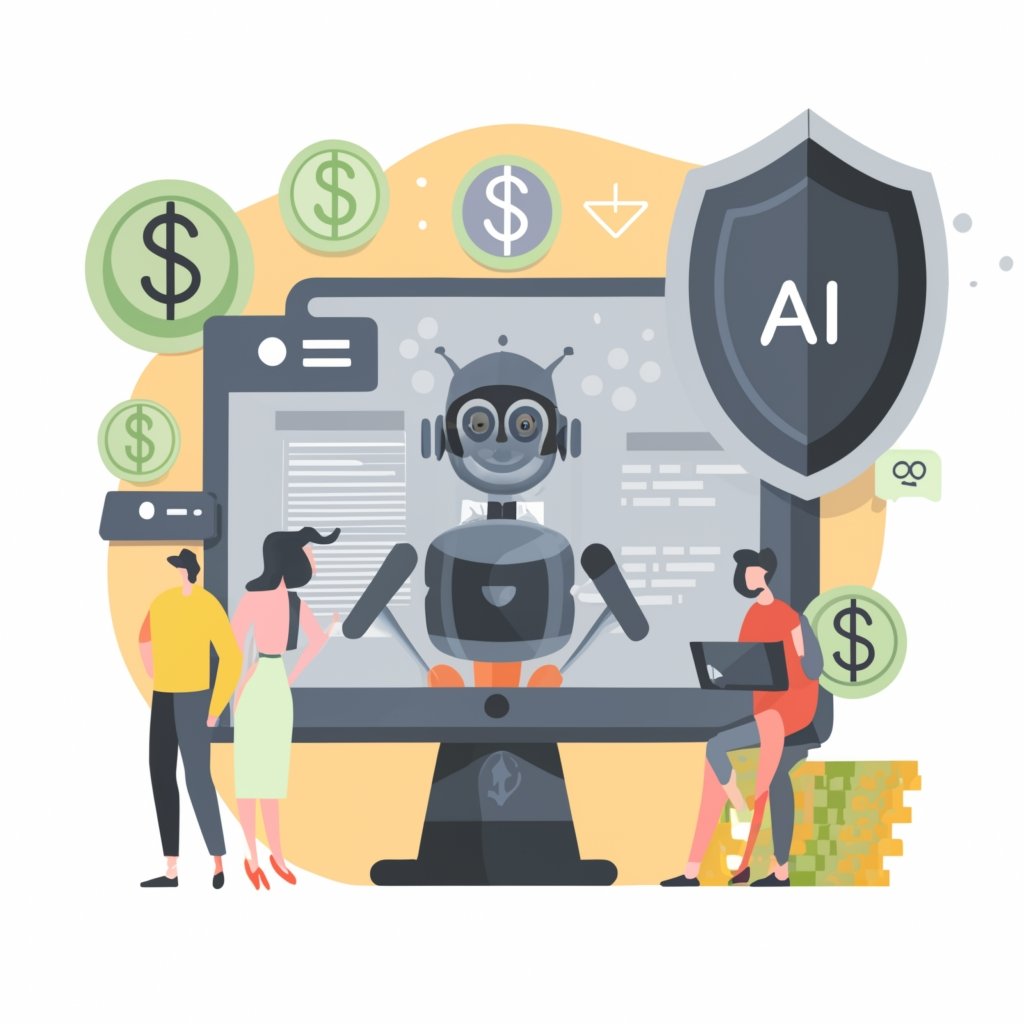
Generative AI, a rapidly advancing field of artificial intelligence, is revolutionizing industries and reshaping the economic landscape. This article delves into the economic impact of generative AI and explores where the money is being allocated to drive innovation, growth, and returns on investment.
Generative AI refers to the technology that enables machines to create original and creative content, such as images, music, and text. Unlike traditional AI systems that rely on pre-programmed rules, generative AI utilizes deep learning algorithms to generate novel and realistic outputs. This breakthrough has opened up unprecedented opportunities for industries across the board, from healthcare and finance to entertainment and marketing.
One significant area of investment in generative AI is research. Both private companies and academic institutions are pouring resources into understanding and improving this technology. Cutting-edge research in generative AI is crucial for developing more advanced algorithms, models, and architectures. Companies invest in research to enhance the performance of generative AI systems, making them more efficient, accurate, and versatile. By pushing the boundaries of what generative AI can achieve, researchers are fueling breakthroughs that have a profound impact on various sectors.
Talent acquisition is another vital aspect of investing in generative AI. Companies are actively seeking experts in machine learning, deep learning, and data science to build and deploy successful generative AI systems. The demand for skilled professionals in this field has increased exponentially, leading to fierce competition for top talent. Organizations are investing heavily in attracting and retaining the best minds in the industry to drive their generative AI initiatives forward.
Infrastructure plays a crucial role in the advancement of generative AI. High-performance computing systems and powerful GPUs are required to train and run complex deep learning models. Investing in state-of-the-art hardware and infrastructure enables organizations to accelerate the development and deployment of generative AI applications. Cloud computing platforms also play a significant role by providing scalable and cost-effective resources to train and deploy generative AI models at scale.
Investments in generative AI are not limited to research and infrastructure. Companies are actively exploring commercial applications and use cases to leverage this technology for competitive advantage. From generating content for creative industries, such as art, music, and design, to optimizing processes and decision-making in various sectors, generative AI is transforming businesses across the globe. As a result, investors are aligning their funds and resources towards startups and companies that are developing innovative generative AI solutions.
Analyzing the current generative AI landscape reveals interesting funding trends and highlights the most active investors in this field. VCs are continuously pouring billions of dollars into generative AI companies, aiming to capitalize on the potential economic impact of this technology. Startups that successfully secure funding can channel these resources into research, talent acquisition, and infrastructure, enabling them to stay ahead of the competition and drive innovation.
However, while the generative AI ecosystem is experiencing significant growth, it is essential to address the elephant in the room – the challenges and risks involved. Despite the hype, statistics show that a significant portion of generative AI startups has not raised any outside equity funding. This indicates that while there is substantial interest in generative AI, not all companies are successful in securing investment. Investors are becoming increasingly cautious, considering factors such as market fit, scalability, and potential risks of deploying generative AI systems.
In conclusion, investing in the future of generative AI has immense economic implications. The allocation of resources towards research, talent acquisition, infrastructure, and commercial applications is driving innovation, growth, and returns on investment. As generative AI continues to evolve and mature, the economic landscape will be reshaped, and industries will be transformed. It is crucial for organizations and investors to navigate the generative AI landscape strategically, considering both the immense potential and the associated challenges.